As the fastest land animals, cheetahs are known for their incredible speed and agility. However, there’s much more to these magnificent creatures than meets the eye. Known scientifically as Acinonyx jubatus, cheetahs exhibit distinctive traits that set them apart from other big cats. In this article, we’ll delve into ten intriguing facts about cheetahs that you might not know, illuminating the complexity and beauty of these remarkable animals.
Cheetahs Are Built for Speed
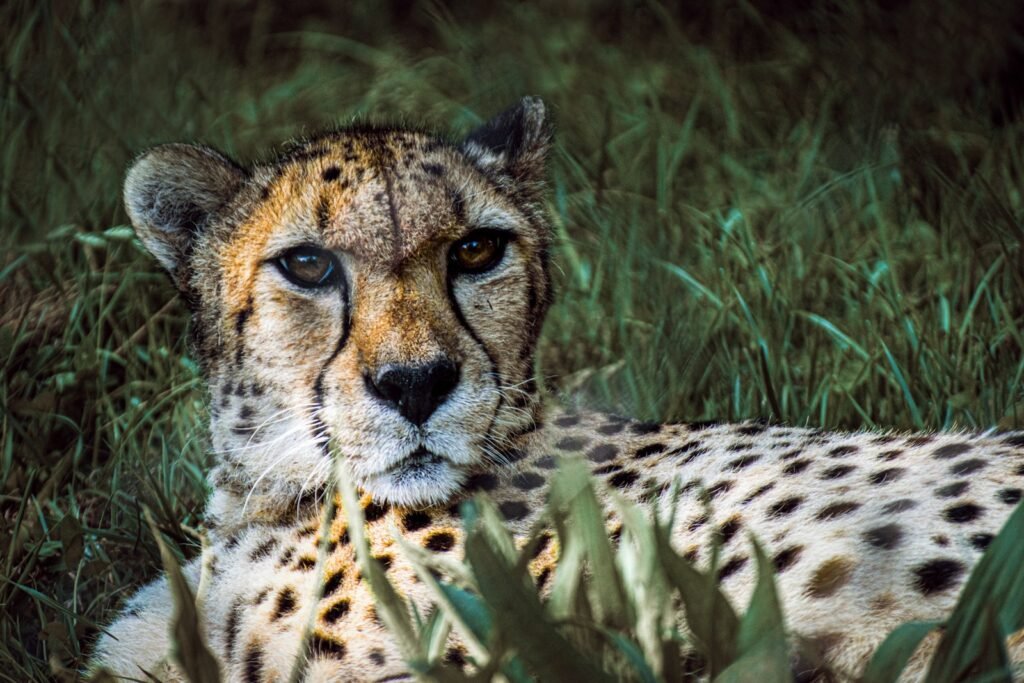
Cheetahs can reach speeds of up to 60–70 miles per hour, but it’s their acceleration that truly sets them apart. They can go from 0 to 60 miles per hour in just a few seconds, which is faster than most sports cars. This incredible speed is due to their lightweight frame, long legs, and specially adapted lungs and nostrils that enable rapid oxygen intake. Furthermore, their large adrenal glands overwhelm their body with energy during a chase.
The Unique Design of Cheetah’s Claws
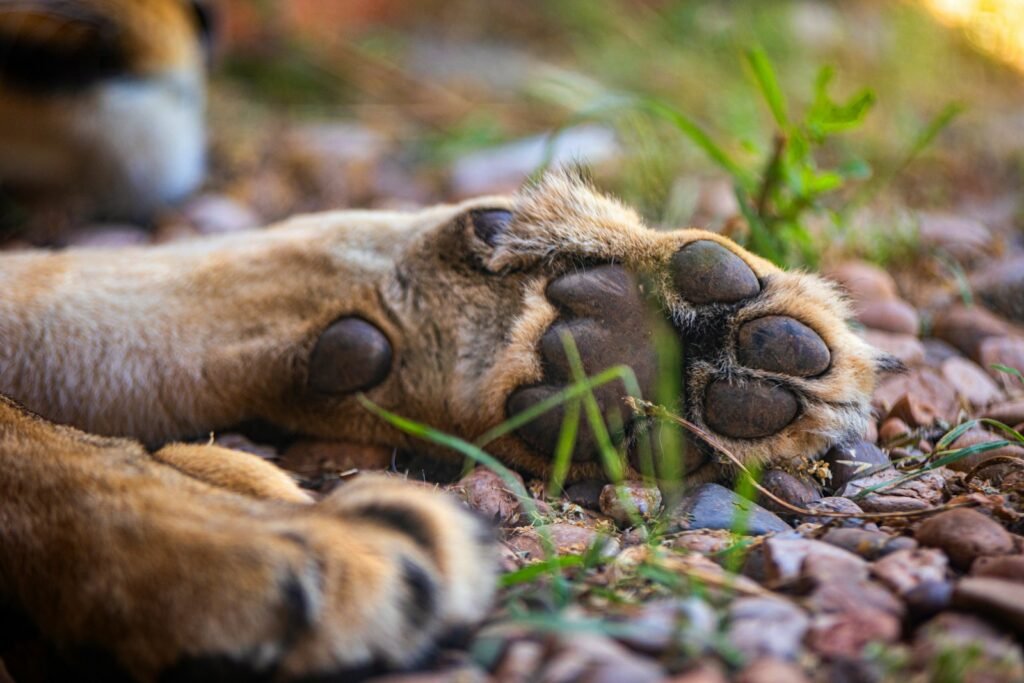
Unlike other big cats, cheetahs have semi-retractable claws that resemble those of a dog more than a cat. These claws provide extra grip when running at high speeds, helping them to effectively make sharp turns and accelerate quickly. The lack of full retraction gives them a distinct advantage over their prey in open savannah environments.
Cheetahs Have Remarkable Camouflage
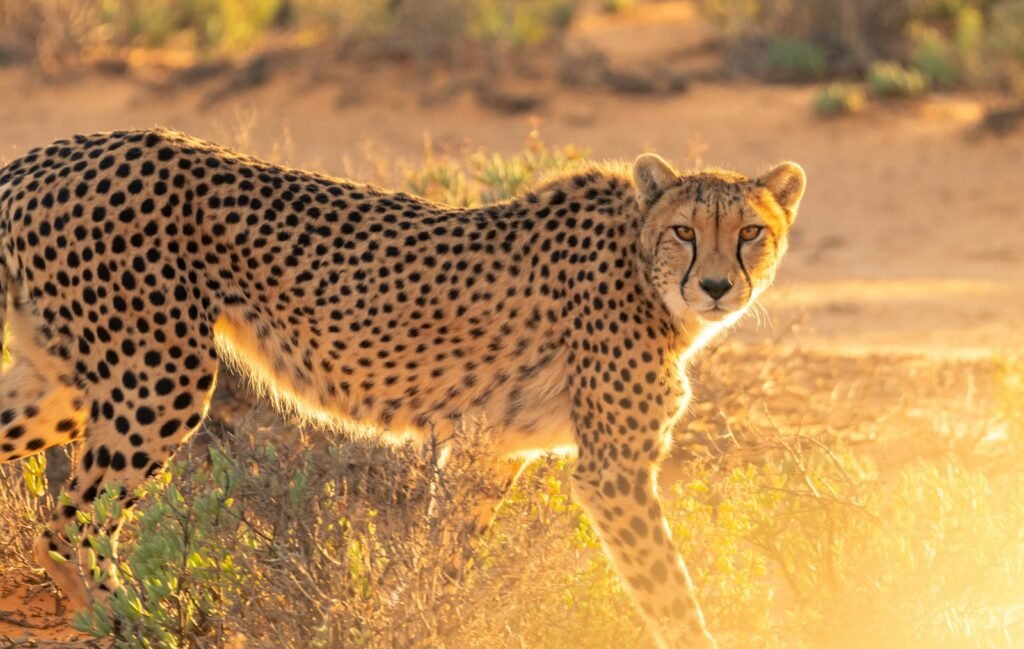
The cheetah’s distinctive spots and tear-like stripes on its face are not merely decorative; they serve as excellent camouflage. These markings help cheetahs blend into their surroundings, minimizing visual detection by prey and potential threats. The black “tear marks” that run from their eyes down to the mouth also help reflect the sun’s glare, enhancing their focus and vision during daylight hunts.
The Importance of Cheetah Social Structure
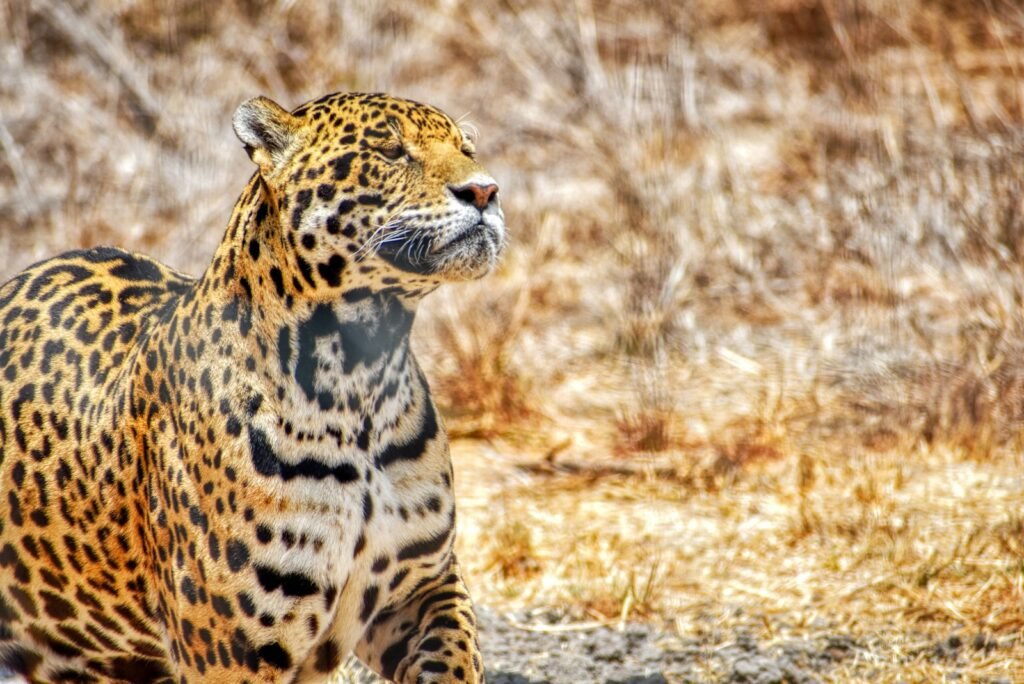
Cheetahs have a unique social structure, particularly among males. Male siblings often remain together for life, forming groups known as coalitions. These coalitions help them secure territory and aid in hunting, providing a greater chance of survival. In contrast, female cheetahs are usually solitary, except when caring for cubs. Female ranges are vast and often overlap with multiple male territories, promoting genetic diversity.
The Predicament of Cheetah Cubs

Cheetah cubs have a distinct survival tactic: their mantle, a mohawk-like stripe of hair, helps them blend into the tall grasses of the savanna, protecting them from predators. Despite these adaptations, they face significant threats; less than half of the cubs survive to adulthood due to predators and environmental factors. This low survival rate has contributed to their vulnerable conservation status.
Cheetahs Have a Distinct Reproductive Challenge
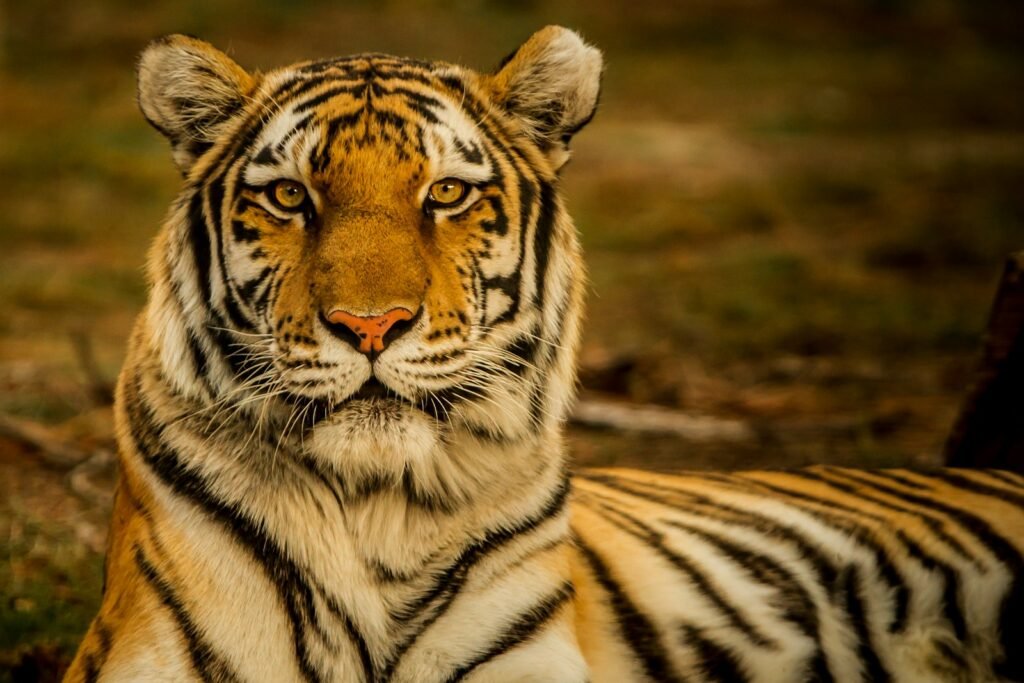
Unfortunately, cheetahs have one of the lowest genetic diversities among big cats. This is due to a historic population bottleneck, reducing their genetic pool significantly. Their lack of genetic diversity leads to difficulty with inbreeding, which can result in decreased fertility, increased disease susceptibility, and slower adaptive responses to environmental changes.
Vocal Communication of Cheetahs
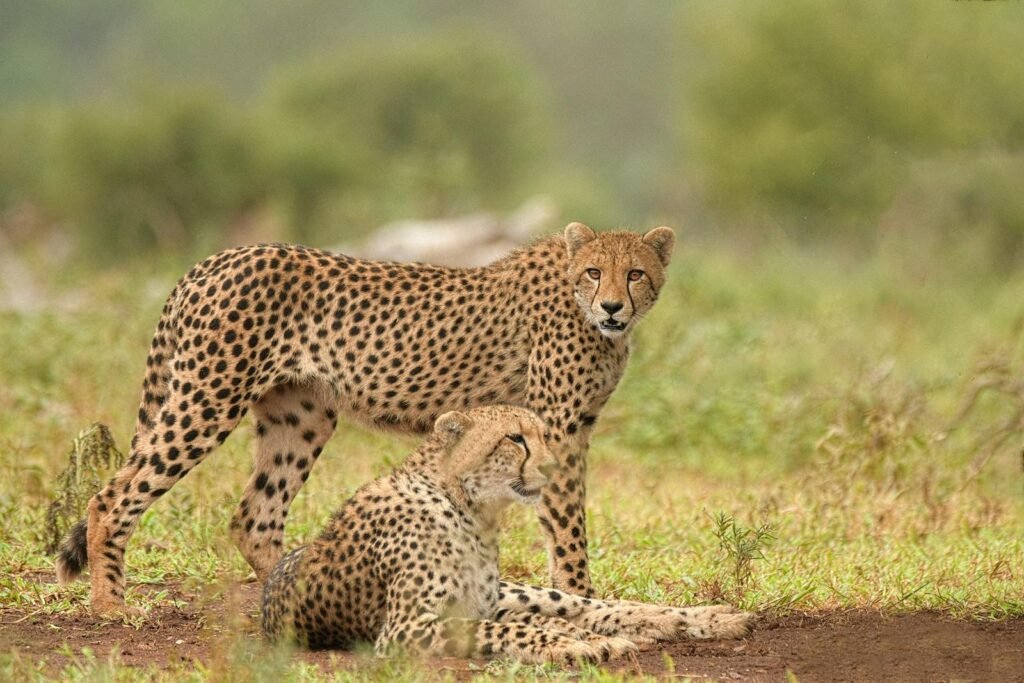
Cheetahs have a surprising array of vocalizations, from purring to yowling and chirping. Unlike lions or tigers, cheetahs cannot roar; instead, they communicate using chirps, which can be heard over long distances. This range of sounds helps maintain contact between mothers and cubs or coalition members while also being subtle enough not to attract unwanted attention from predators.
The Role of Conservation Efforts
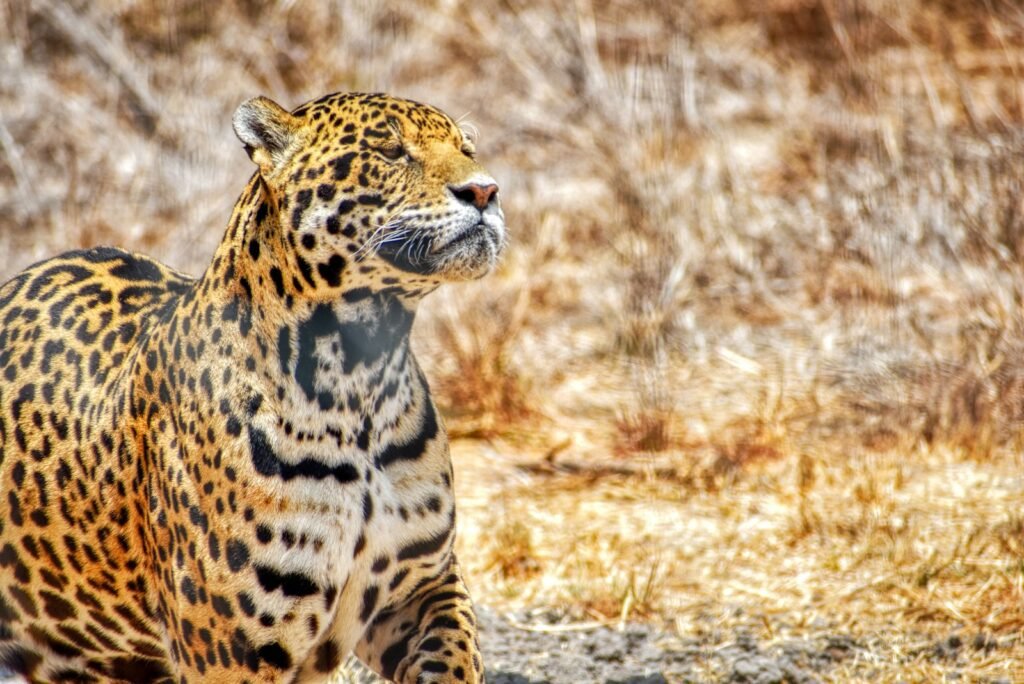
Conservationists are working tirelessly to protect cheetahs and their habitats. Efforts include establishing protected areas, promoting ecotourism, and collaborating with local communities to reduce human-cheetah conflicts. Organizations are also focusing on genetic research to understand better and counteract the effects of their low genetic diversity, securing a future for these majestic creatures.
Human Impact and the Future of Cheetahs
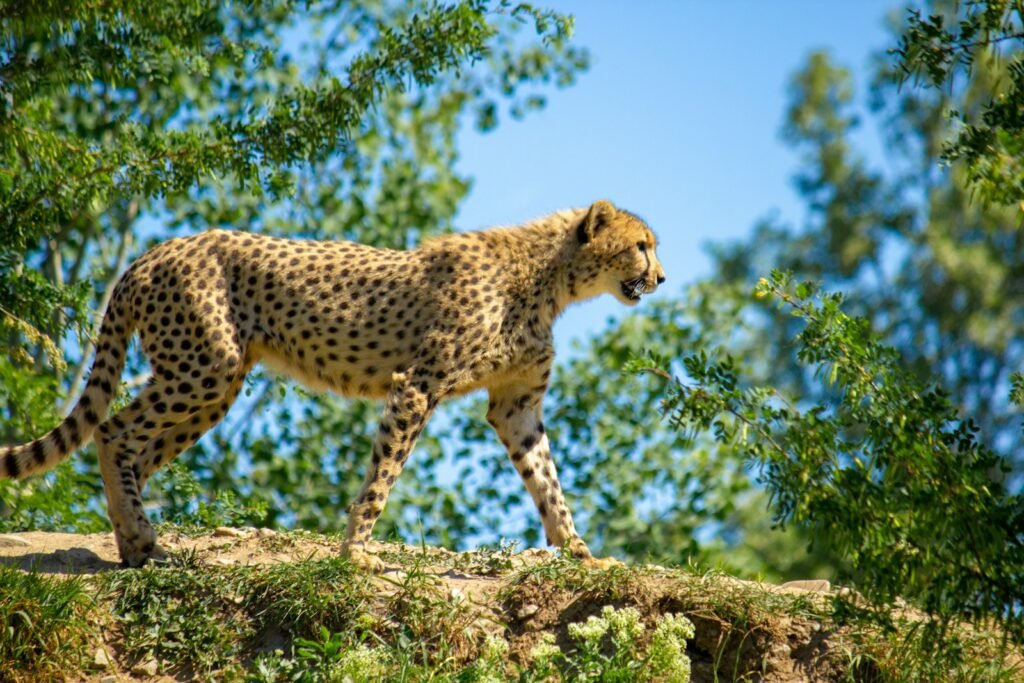
Habitat loss and human-wildlife conflict are significant threats to cheetah populations. Agricultural expansion, urban development, and illegal poaching contribute to their declining numbers. To ensure their survival, it’s crucial to promote awareness and advocate for sustainable practices that balance human needs with wildlife conservation.
Cheetahs in the Ecosystem
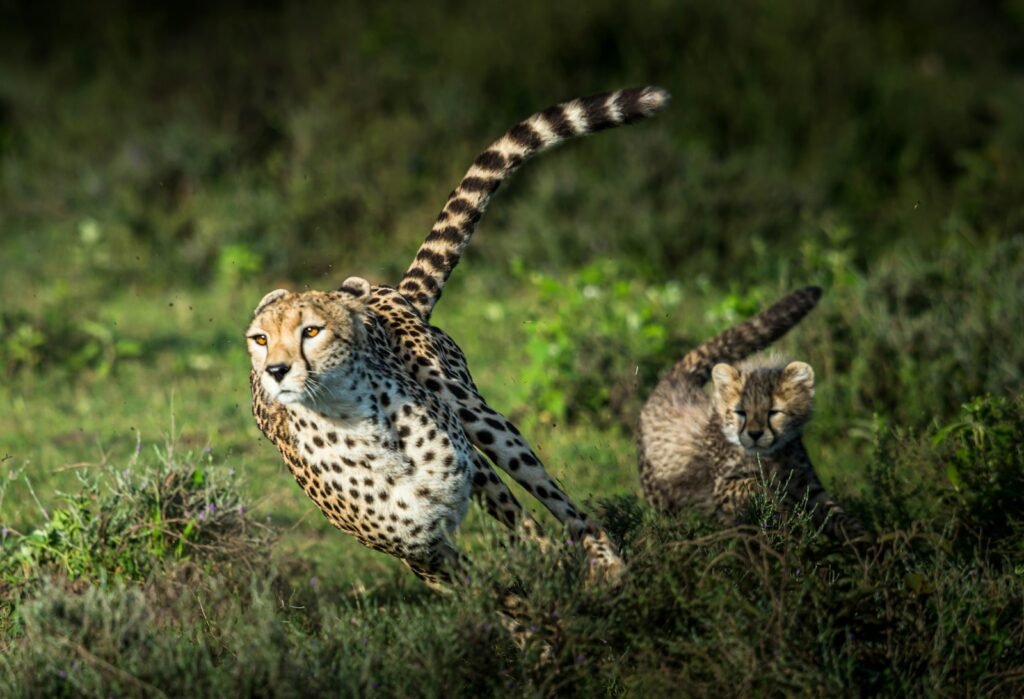
Cheetahs play a vital role in maintaining the balance of ecosystems. As apex predators, they help control the populations of herbivores, preventing overgrazing and promoting biodiversity. The presence of cheetahs indicates a healthy and functioning ecosystem, highlighting the need for their conservation.
In conclusion, cheetahs are remarkable creatures with unique adaptations that make them an essential part of the world’s biodiversity. By understanding these fascinating facts and supporting conservation efforts, we can help ensure a future where cheetahs continue to race across the savannas.

Suhail Ahmed is a passionate digital professional and nature enthusiast with over 8 years of experience in content strategy, SEO, web development, and digital operations. Alongside his freelance journey, Suhail actively contributes to nature and wildlife platforms like Feline Fam, where he channels his curiosity for the Feline into engaging, educational storytelling.
With a strong background in managing digital ecosystems — from ecommerce stores and WordPress websites to social media and automation — Suhail merges technical precision with creative insight. His content reflects a rare balance: SEO-friendly yet deeply human, data-informed yet emotionally resonant.
Driven by a love for discovery and storytelling, Suhail believes in using digital platforms to amplify causes that matter — especially those protecting Earth’s biodiversity and inspiring sustainable living. Whether he’s managing online projects or crafting wildlife content, his goal remains the same: to inform, inspire, and leave a positive digital footprint.






